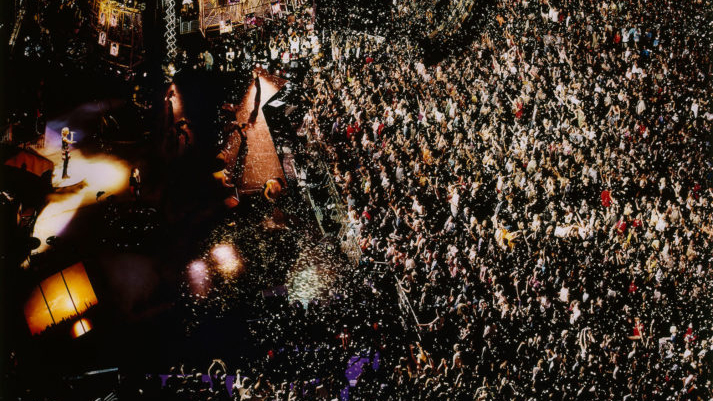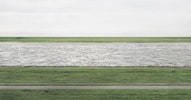Do Blue-Chip Photographers Prop up Global Capitalism?
In his recent manifesto, Jörg Colberg takes aim at three prominent photographers for their “visual propaganda.”
via Aperture: https://aperture.org/editorial/do-blue-chip-photographers-prop-up-global-capitalism/
That said, what are the “identical” mechanisms Colberg suggests that link these artists to their socialist-realist predecessors? Leibovitz, Crewdson, and Gursky produce a kind of capitalist propaganda that, like socialist realism, “does not aim to depict an actually existing reality but instead presents a code that can be read by its intended spectators.” Colberg derives his description of socialist realism from art historian Boris Groys, who suggests that this code entails stories about heroes, demons, transcendental events, and real-world consequences that serve the messaging needs of the powerful. In this formulation, Colberg’s neoliberal realists make images that perpetuate, or even celebrate, unjust power structures.








